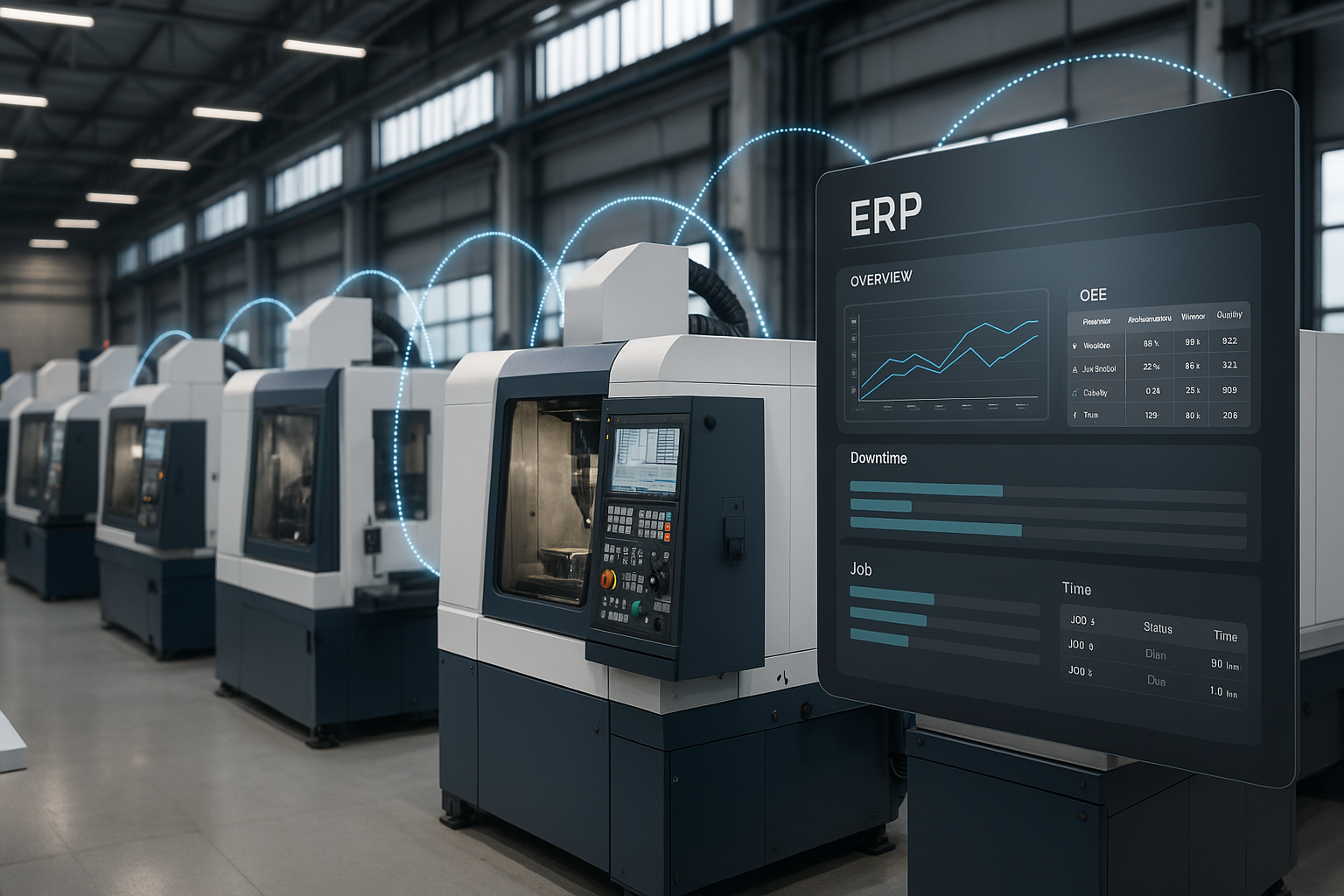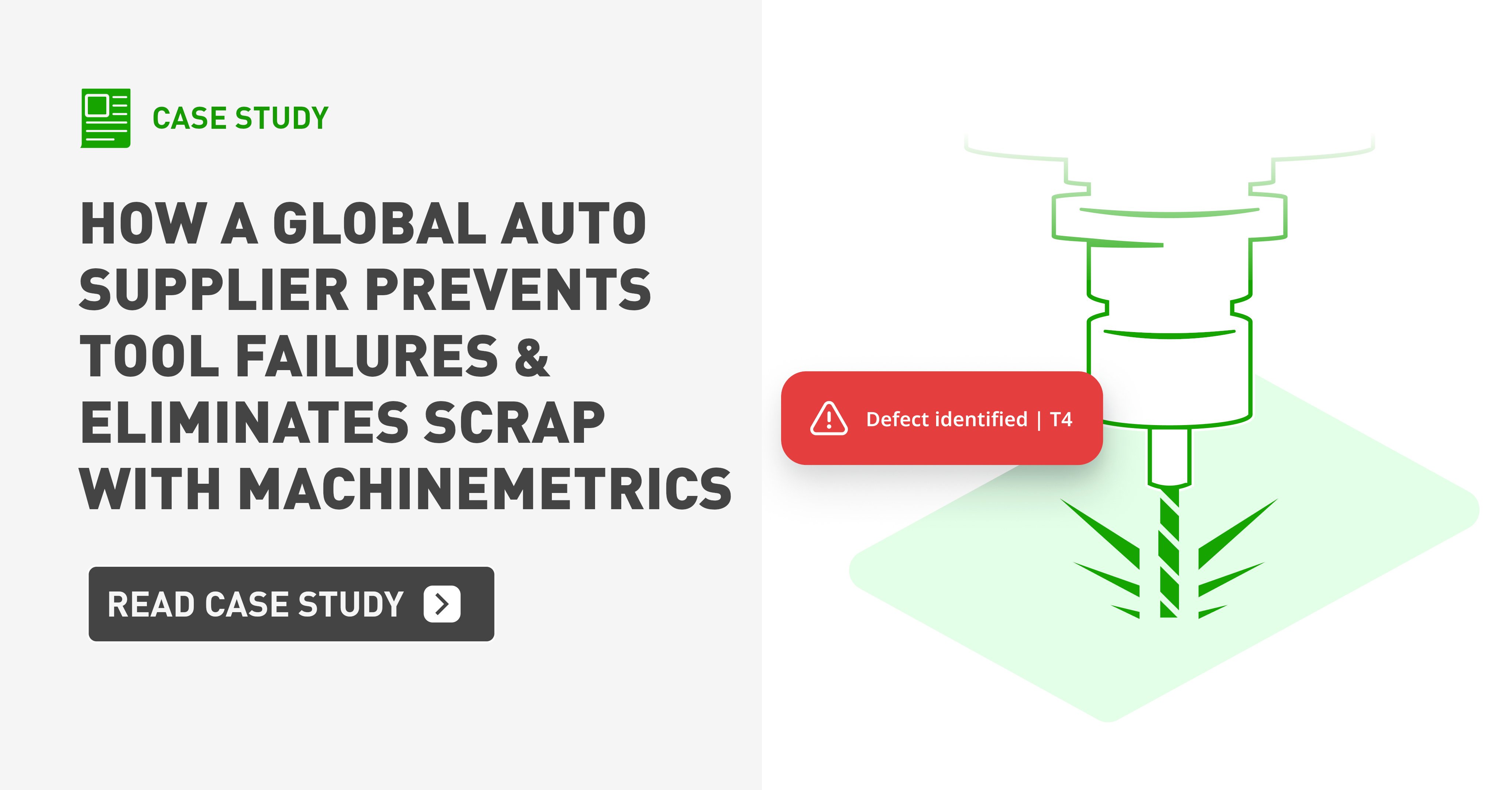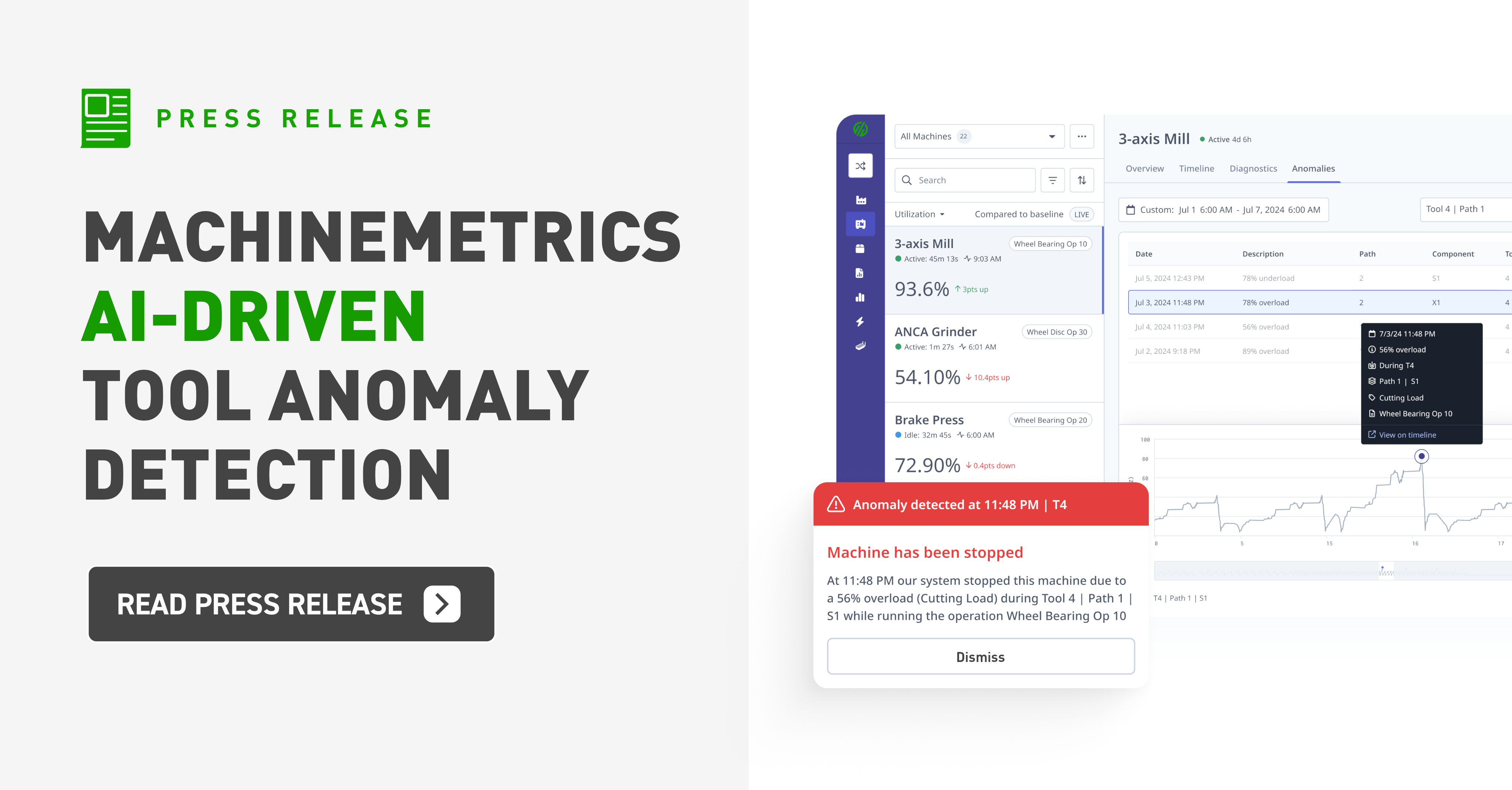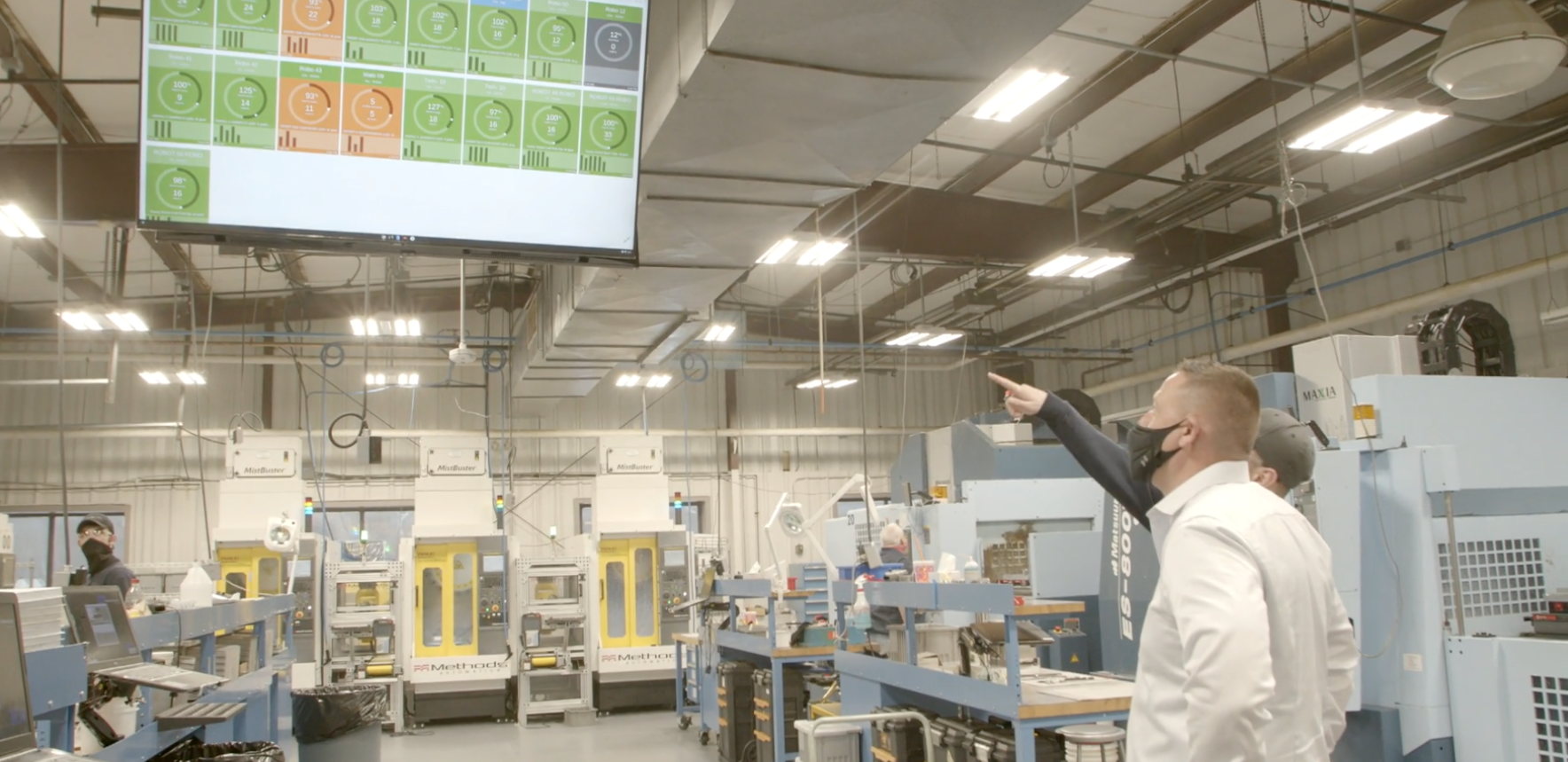Much has been written about the “hidden capacity” that can be unlocked by Industrial IoT using advancements such as digital twins. With the success of this technology, a new report by Grand View Research indicates that the Industrial IoT market is expected to reach over $949 billion by 2025. And it is expected to experience a compounded annual growth rate (CAGR) of 29.4% during that same time.
But while concepts such as digital twins are revolutionary and do deliver improvements in efficiency, it is not the only way that Industrial IoT can identify and unlock hidden factory capacity. The astounding growth predictions are also an indicator that the technology can unlock practical pathways to hidden capacity as well. Many of these new ways that are in line with the traditional functionality of production equipment while taking advantage of IIoT to reach new heights.
Manufacturing has always triggered images of operators toiling for hours, hovered over their equipment as it produces goods at a rapid pace. But advancements in robotics, coupled with the arrival of new technologies that make up Industry 4.0, have begun to point the way to a new direction for traditional manufacturing. Namely, the realization of the unattended shop, or as it is more commonly referred to – “lights out” manufacturing.
How We Arrived at Lights Out Manufacturing
To become a reality, lights out manufacturing had to wait for the convergence of two technologies. The first has been underway for quite some time. New and more advanced automated equipment such as dexterous robotics with advanced programming as well as innovations like multi-axis CNC machines have changed the way manufacturing is accomplished. For example, with three linear and two rotary axes, a five axis CNC machine can operate in a full 180° range. And for other industries and applications, there are five axis laser machines and even robotic arms with multi axis capability.
Combined with advanced CAM software used to create and program tool paths to run the machine, CNC reached a point whereby the machines could remain unattended for longer periods as manual intervention was needed less and less. And as these machines began running unattended for longer periods, the industry has seen the arrival of “group” technology to extend that time even further. Group technology is a concept within a Flexible Manufacturing System (FMS) that allows linkage of highly automated equipment to work in concert. This may include a material handling machine attached to a parts feeder which is also attached to the CNC machine. As parts are completed, they are again handled robotically and placed in a parts holder as work continues.
As the amount of time a machine could be left unattended increased, many manufacturers began to custom fit or retrofit their equipment to extend the time even further. Large coolant holders and dispensing systems as well as custom handling and conveyance are often added to improve the run time without intervention. Coupled with pre-process planning to stage the right kind of orders scheduled for production, many operations can now run lights out overnight.
Indications are that this trend is not specific only to CNC and metalworking operations. Driven in part by an expected labor shortage in manufacturing, advanced robotics development is expected to continue across many industries growing from $92 billion in 2016 to as much as $225 billion by 2021. And as the trend to automation and robotics increases, it is rapidly converging with Industry 4.0 technology such as Industrial IoT to complete the journey to fully unattended manufacturing.
Industrial IoT as the Last Mile
Industrial IoT and the deep analytics software provided by IIoT service providers offer a way to reach the last mile of unattended manufacturing. For while advances in many industries have led to longer periods of lights out production, there is still a gap that must be filled. Having moved from operator intensive manufacturing to a footing with more system controls and on to a combination of group technology and improved business models, it will require the value brought to the table by IIoT to bridge that gap.
Many manufacturers have begun to adapt their business to focus on more control of their equipment as well as by making investments in the kind of equipment to get there. But the greatest potential to travel the last mile comes in the value offered by IIoT for real time remote management, embedded devices that deliver data for precise decision making and intervention and in the ability of these systems to provide the capability for machines to make autonomous or semi-autonomous adjustments without human interaction.
With real time monitoring, managers and operators can log in and see conditions as they occur. Critical KPIs and other machine health and condition data are easily understood through intuitive interfaces. Production levels, equipment performance, faults, failures and maintenance issues have the potential to be controlled from a remote location, reducing downtime when these failures occur and reducing the risk of part rejection.
With its deep analytics, IIoT software can even be proactive in notification, providing operators and managers the capability to act remotely before a fault occurs. And with advanced machine learning algorithms, software can help hone run plans by revealing trends unnoticed by human analysis. This learning increases and improves over time and when coupled with the software’s predictive capabilities, can lead to fully unattended production time that extends not just overnight, but to longer periods as well including weekends and holidays. This combination of benefits has the potential to fully unlock the hidden capacity within many industries.
With the continued advancement of robotics and new adaptations of business models, many manufacturers have extended unattended production time to unheard of levels. Now, with the adoption and proliferation of Industrial IoT and its powerful capabilities, many industries are looking to go the last mile to try and turn the lights out for good.
Want to learn more? Contact us!


.png?width=1960&height=1300&name=01_comp_Downtime-%26-Quality_laptop%20(1).png)






Comments